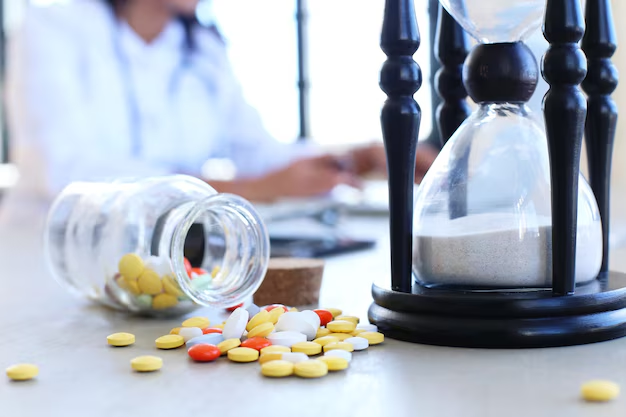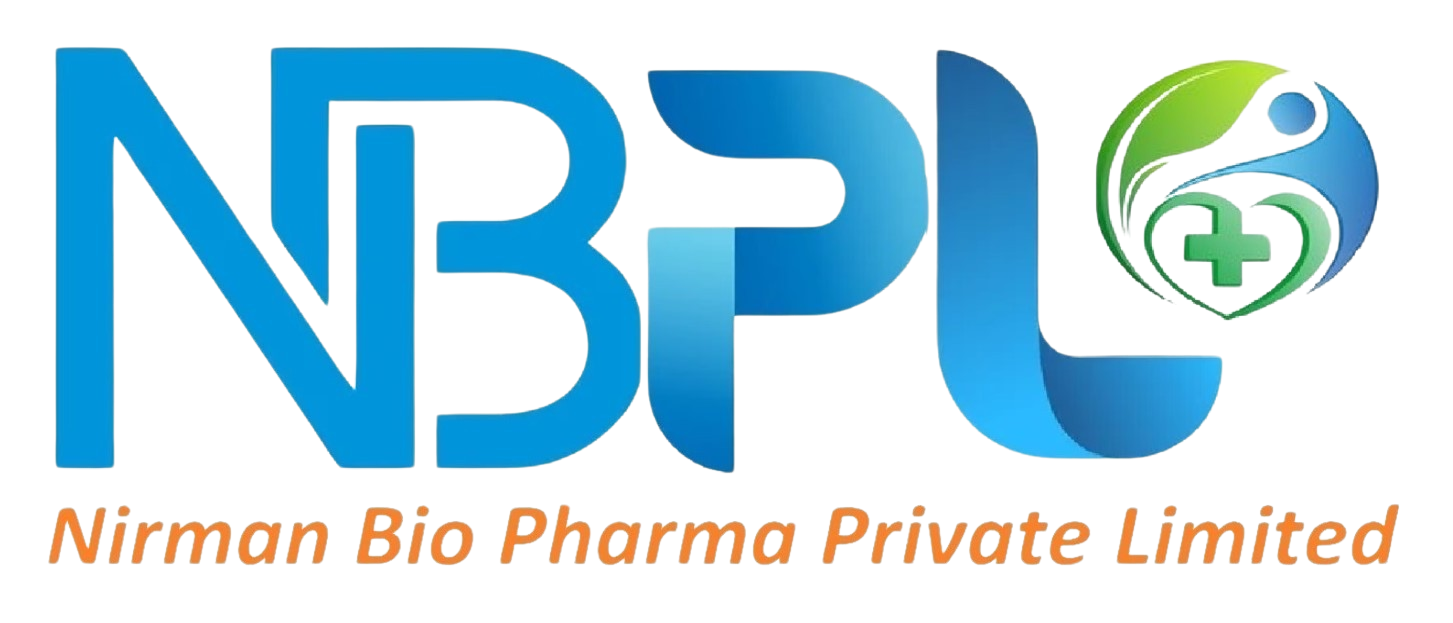- Your cart is empty
- Continue Shopping
how to identify generic medicine?
-
nirmanbiopharma
- Posted on
- 0 comments

1.Check for Regulatory Approval
2.Examine Packaging and Labels
3. Verify Manufacturer Credentials
4. Compare Physical Characteristics
6.Purchase from Licensed Pharmacies
7.Check for Patient Information Leaflets
8.Be Cautious of Unusually Low Prices
9.Consult Healthcare Professionals
10.Report Suspected Counterfeits
By following these guidelines, you can confidently identify genuine generic medicines and avoid the risks associated with counterfeit or substandard products. Prioritizing safety, quality, and regulatory compliance ensures that you receive effective treatment that supports your overall health and well-being.
For more information on identifying and choosing generic medicines, consult reputable healthcare resources or speak with a licensed pharmacist. Stay informed and empowered in making informed decisions about your health journey.
Conclusion
In today’s global pharmaceutical market, the availability of generic medicines provides cost-effective options for treating various health conditions. However, distinguishing between genuine generic medicines and counterfeit or substandard products is crucial to ensure safety, efficacy, and optimal health outcomes. Here’s a detailed guide on how to identify real generic medicines:

